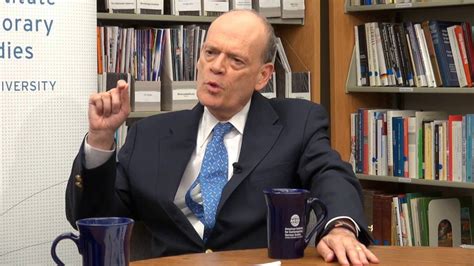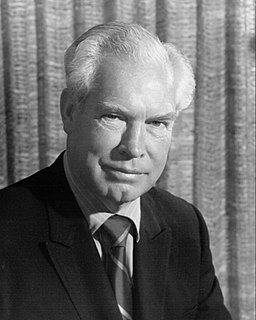A Quote by Michael Mandelbaum
Societies raise their grandest monuments to what their cultures value most highly. As the tallest buildings in a city noted for tall buildings, the Twin Towers of the World Trade Center were certainly monumental.
Related Quotes
I feel this way about it. World trade means world peace and consequently the World Trade Center buildings in New York ... had a bigger purpose than just to provide room for tenants. The World Trade Center is a living symbol of man's dedication to world peace ... beyond the compelling need to make this a monument to world peace, the World Trade Center should, because of its importance, become a representation of man's belief in humanity, his need for individual dignity, his beliefs in the cooperation of men, and through cooperation, his ability to find greatness.
Who’s afraid of the big, bad buildings? Everyone, because there are so many things about gigantism that we just don’t know. The gamble of triumph or tragedy at this scale — and ultimately it is a gamble — demands an extraordinary payoff. The trade center towers could be the start of a new skyscraper age or the biggest tombstones in the world.
I consider part of lower Manhattan to be hallowed ground. Nearly 3,000 people lost their lives in the World Trade Center towers... and for that reason alone, our nation should make absolutely sure that what gets built on 'Ground Zero' is an inspiring tribute to all who loved the Twin Towers, worked in them, and died there.
I consider part of lower Manhattan to be hallowed ground. Nearly 3,000 people lost their lives in the World Trade Center towers... and for that reason alone, our nation should make absolutely sure that what gets built on Ground Zero is an inspiring tribute to all who loved the Twin Towers, worked in them, and died there.
The same architect who designed the Seattle fair's futuristic Science Center, with its lacy Gothic arches and spires, Minoru Yamasaki, was hired to design the twin towers of the World Trade Center. Seattle had promised fairgoers a glimpse of the world that would exist in 2001. That year eventually unfolded as something less than the dream we'd imagined.
There are hundreds of Frank Lloyd Wright buildings around the United States and in other countries, too. Wright lived into his 90s, and one of his most famous buildings, the Guggenheim Museum in New York, was completed just before his death. Wright buildings look like Wright buildings - that is their paradox.
There was a time in our past when one could walk down any street and be surrounded by harmonious buildings. Such a street wasn't perfect, it wasn't necessarily even pretty, but it was alive. The old buildings smiled, while our new buildings are faceless. The old buildings sang, while the buildings of our age have no music in them.


































